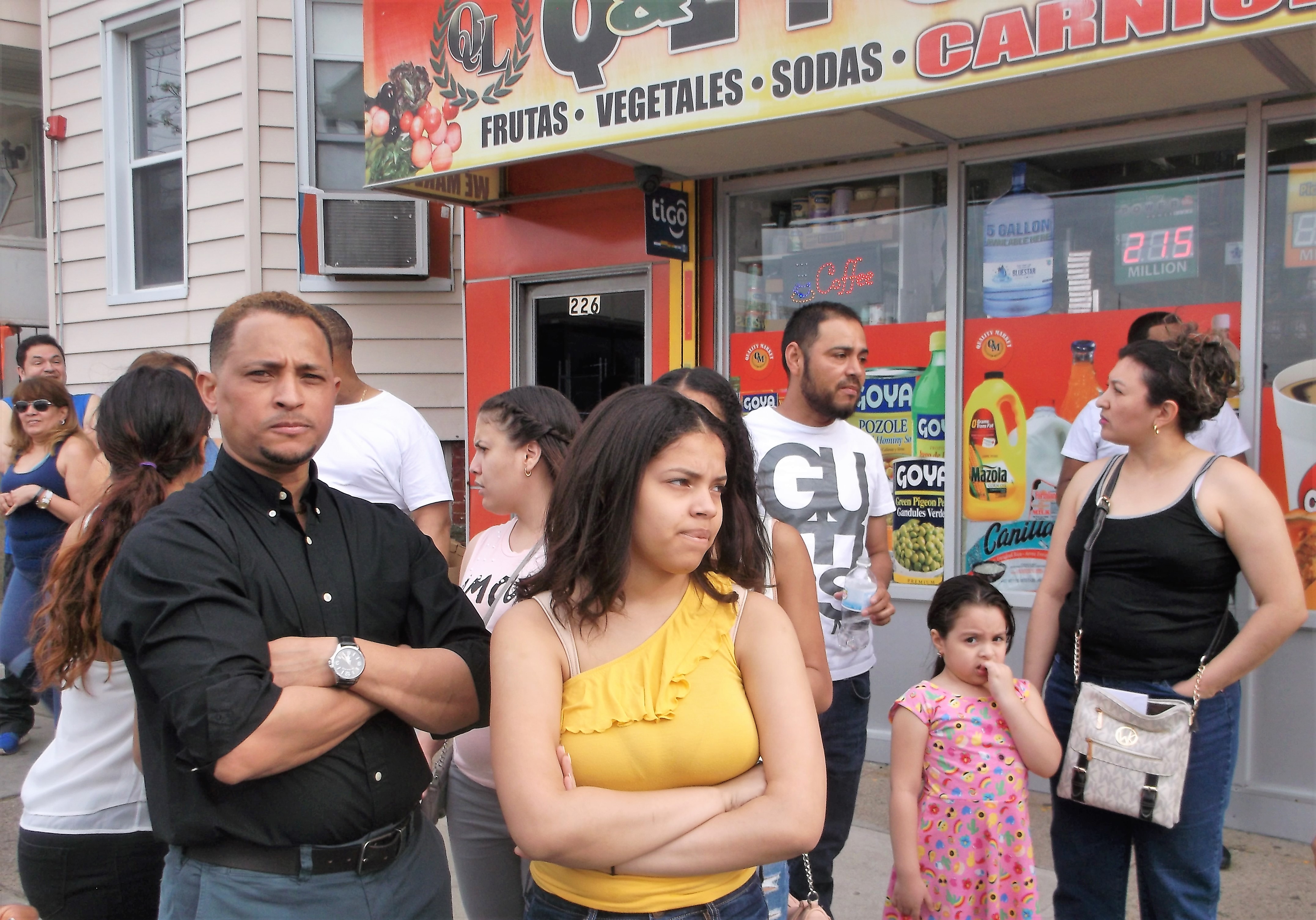Paterson's West Side Story: 'When the Lights Go out, We have to Turn our Lights on as Leaders'
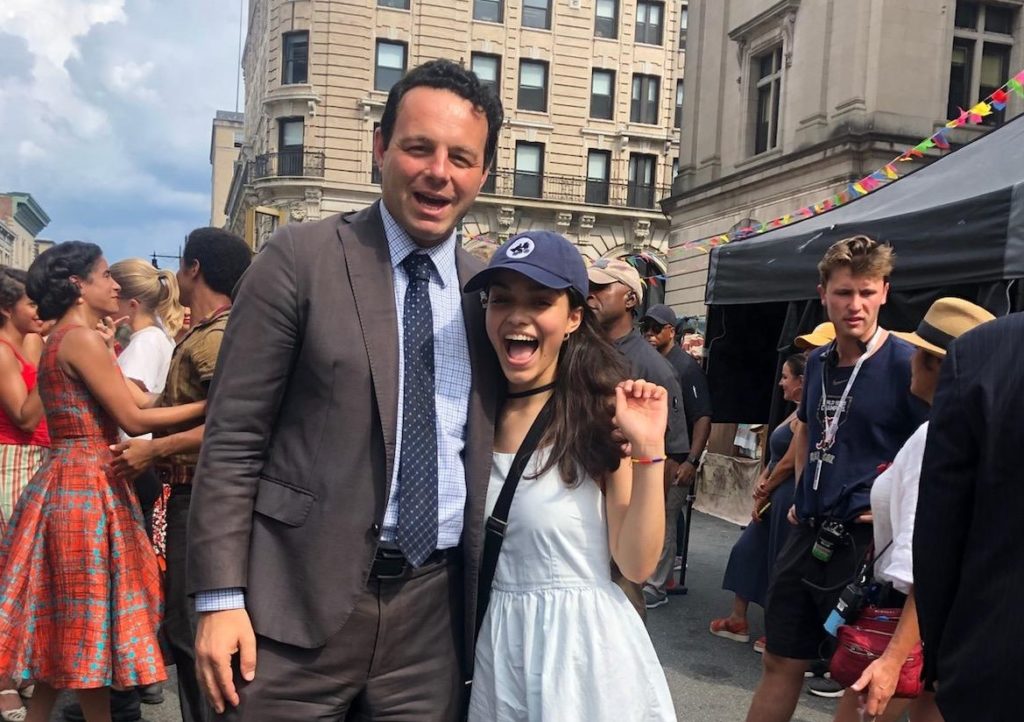
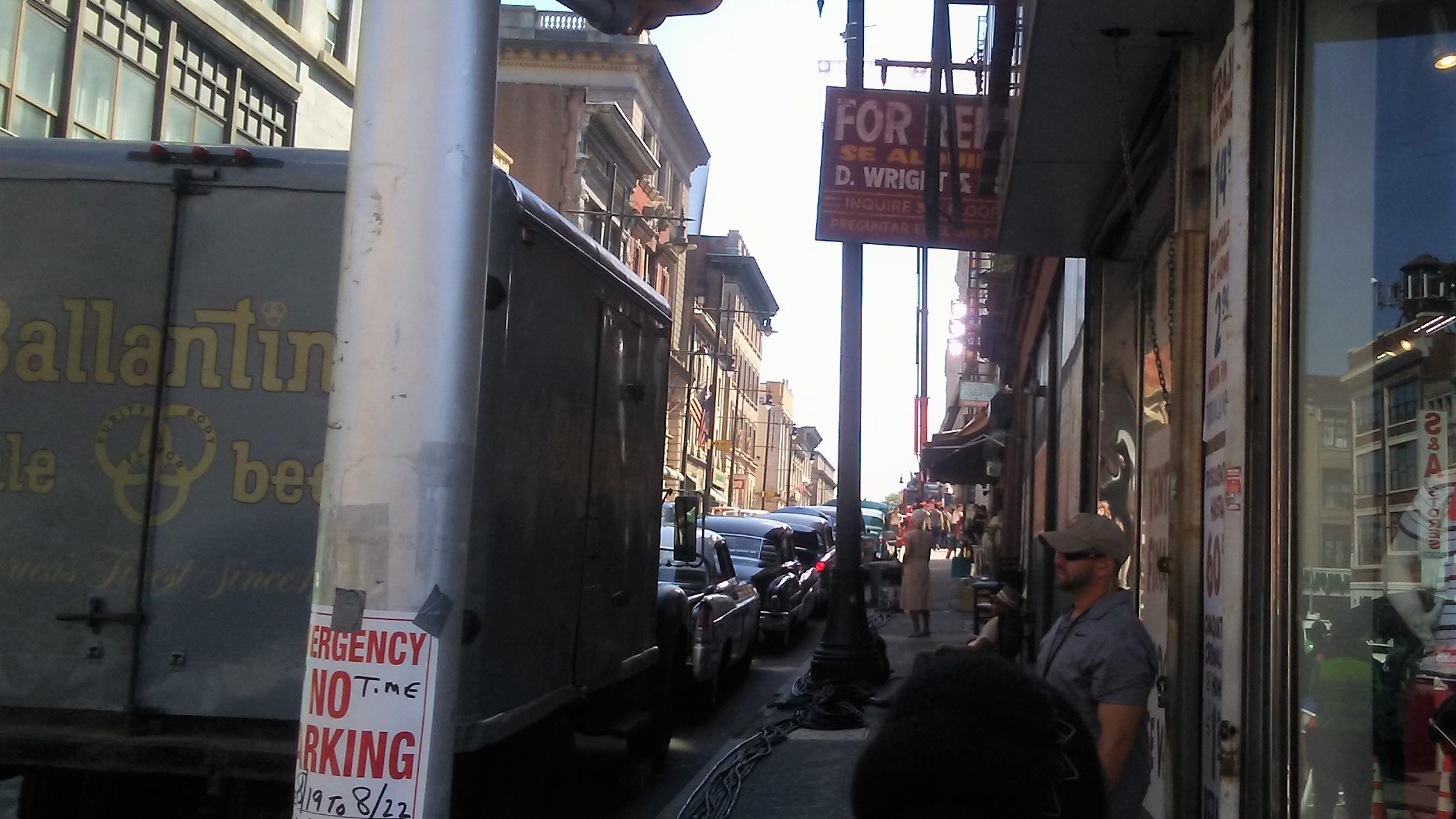
PATERSON - A few authority figures adorn - or pockmark, depending on your view of Lieutenant Schrank - the streets, but otherwise the voices of parents sound like Charlie Brown adult muffled sounds with Spanish accents, while zero structure of elected officials apparently exists in West Side Story.
There's no city council.
No planning board.
No assembly people.
No congressman.
And there's no mayor.
Any human familiar faces associated with the democratic delivery of constituent services have been lost in an amorphous ghetto drain of a corrupt, wastrel city, leaving a bulldog with a badge like Simon Oakland to intone in a moral vacuum: "If you don't finish each other off, I will," to the punk kids - as he sees them - in the 1961 version.
But in Paterson, where Steven Spielberg's Hollywood team today continued to film a 2020 remake of the Leonard Bernstein-Jerome Robbins-Robert Wise masterpiece alongside City Hall, the city's actual sitting mayor is an ebullient and vital substitute for the handful of dour adults that populate the classic 20th Century story with a Shakespearean spine and Gustav Mahler-derivative musical themes.
He might come closest in personality to Glad Hand, played in the original by John (Gomez in the Addam's Family) Astin, who tries to get the Puerto Ricans and ethnic whites engaged for a "get together dance" at the gym; or even Doc as portrayed in the original by Ned Glass, who, like Barabbas before him, "wants to believe."
Mostly, Mayor Andre (the anti-Schrank) Sayegh - pictured, above, with Rachel Zegler of Clifton as Maria - is simply himself, and he just believes.
Denzel Washington did a couple of movies here.
The Preacher's Wife.
The Hurricane.
Paterson, starring Adam Driver, was an artsy offering that surfaced in 2016, to some critical acclaim.
"I think the movie, actually, is anti-art," former creative writing teacher U.S. Rep. Bill Pascrell (D-9) told InsiderNJ just after he saw the movie.
Morgan Freeman also came to town, back in 1989, to make a celebrated movie called Lean on Me, based on actual Eastside High School Principal Joe Clark. Maritza Davila, now the sitting council president, had a small role (with big hair) in that movie (she can be seen in the clip below, third from Freeman's left).
Yet right now, as he undertakes what he told the mayor are pivotal scenes in his ambitious project, Spielberg is filming what Sayegh - a Columbia University-educated, Lebanese-Syrian American - calls "the most significant movie ever" in his beloved native city.
"I told Spielberg that the first time a movie made me cry was when I saw [Spielberg's 1982] E.T., and I'm hoping the next time a movie makes me cry is when I see West Side Story," the mayor told InsiderNJ.
Today, the antique car-lined intersection of Ellison and Washington streets rang with Bernstein strains, as a droopy cowboy hat-wearing director-type who looked (but might not have been) Spielberg oversaw an outdoor dance scene with, apparently, the Sharks.
"I'm in my [council president's] office hearing that beautiful music and looking out the window and seeing the movie right in front of my eyes in Paterson," Davila said. "It's really amazing."

The filming (thanks in part t $6.9 million in tax credits; and an estimated $2 million in reimbursements to local businesses and the city itself) occurs as Paterson - New Jersey's third largest city - suffers the loss of its latest high-profile young casualty of the streets and tries to navigate the aftermath, including nagging questions about a dubious police presence at best, that last week had both local and out of town residents spilling into city hall in search of a scornful, condemning turn at the microphone.
The 27-year old father of three children, Jameek Lowery died in January after filming himself at the front desk of Paterson Police Headquarters, proclaiming, “I’m just paranoid... I’m just paranoid. That’s it.” Despite an altercation with police and pictures at the hospital that show him bruised, the Passaic County Prosecutor's Office ruled his death accidental, caused by the ingestion of bath salts, and not the consequence of police force.
It's been eight months of horror and hell since Mr. Lowery's death, in the place they call Silk City, with bereaved family and friends fighting city hall. This time, Paterson appeared to avoid the violent, riot gear unrest that occurred in the aftermath of a police shooting in 1995.
A lot of people still want answers to more deeply considered questions, including why the prosecutor took from January until last week to draw its conclusions - and, of course, what exactly happened on the nights and night in question.
Sayegh promised to form a civilian review board in the case of Mr. Lowery's death.
"We have to restore trust between the public and the police," acknowledged the mayor. "At the very least," he added, in reference to an FBI probe of the department, "we have seven crooked cops."
If you don't finish each other off... I will!
On Tuesday, The Paterson Times printed a letter by Mason J. Maher, president, Superior Officers’ Association, Local 1; and Alex Cruz, president, Policemen’s Benevolent Association (PBA) Local 1.
"Since Mr. Lowery was indeed forcibly taken to the hospital and died a short time later, the photo fueled a false narrative that the tragic figure in the hospital bed arrived in that condition at the hands of the police," the brass said. "The only problem is that picture was taken several years prior when Mr. Lowery was the unfortunate victim of gun violence. The very same gun violence the men and women of the Paterson Police Department bravely respond to on a seemingly daily basis.
"It seems that nowadays, justice for some is not found in the rule of law, the integrity of our institutions or the prudence of its processes, but rather in those who can stir the crowd or shout the loudest," they added. "Mob justice is not justice at all. All it does is diminish and divide all of us and erode the foundations of our civil society. Police officers are people, yet they are rarely treated that way anymore. Just watch the news, if anyone still does. Look at the way the officers in the NYPD are treated, first water and now Chinese food being thrown at them and for what…only because they wear blue."

His offices located a block from the West Side Story set, Assemblyman Benjie Wimberly (D-35) heads the city recreation league, and is considered a legendary coach in Paterson sports history, having built future Super Bowl champion Victor Cruz into a wide receiver for life.
"Jameek Lowery was somebody's son, somebody's father," the assemblyman told InsiderNJ. "No movie can make Jameek Lowery go away. You can dress something up, but in the end, you still have mental health underfunded. You have 166 teachers laid off in this town.
"The unemployment rate here is higher than in most cities in New Jersey," Wimberly added. "It's nice to have the movie here, and I welcome it. It's going to create - I guess - business opportunities. But the bottom line is when the bright lights go away we have to heal."
Wimberly said a civilian review board formed by the mayor to examine the case needs to be composed - truly - of a cross-section of community members in order to have merit.
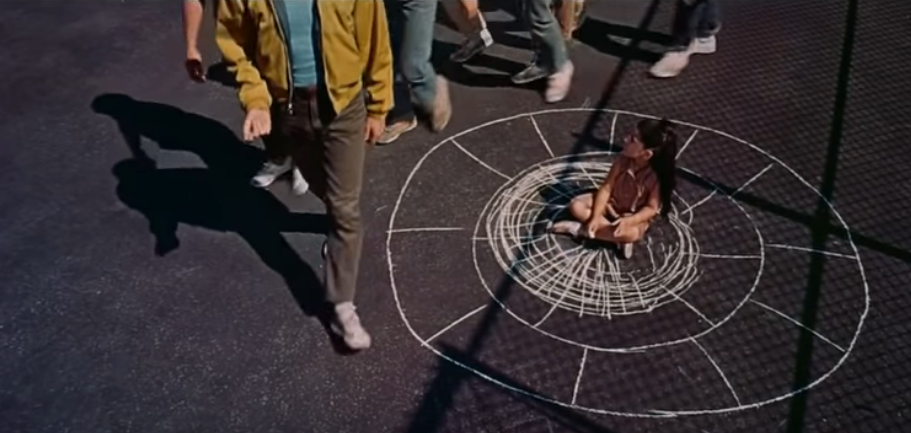
In the meantime, the music floods the streets downtown.
Epic.
Euphoric.
Agonizing.
Tragic.
Elegiac.
The city itself seems familiar with those gyrations, going back at least to when Man with the Golden Arm
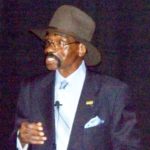
author Nelson Algren moved here from Chicago in an attempt to eyeball the detail he needed to finish (a largely unread) The Devil's Stocking, his last novel, and a treatment of the Hurricane Carter story, immortalized by Bob Dylan.
"In Paterson, that's just the way things go," Dylan crowed, in reference to the late middleweight power puncher wrongly tried and convicted for murder. "If you're black, you might as well not show up on the streets, 'less you want to draw the heat."
From Algren to Dylan, back to William Carlos Williams, the best known interpreters of this place summoned by Alexander Hamilton have anthropomorphicized Silk City in the truest sense of the word.
"A man like a city and a woman like a flower
—who are in love. Two women. Three women.
Innumerable women, each like a flower.
But only one man—like a city."
That was Williams, in his literary masterpiece called, what else, Paterson, deemed largely unintelligible by most contemporaries who wade into it expecting a New Jersey answer to Rod McKuen.
Unlike those other Paterson-based myths, West Side Story is, if nothing else, male and female - a natural human Tao straining to get out from under the inhuman wreckage "the adults" conceived so a girl and boy can believe. And now it's Spielberg's turn to play Ahab in search of that object of popular art,

arguably played at its American zenith in 1961 when West Side Story hit the screens.
"Are you a fan of the original?" InsiderNJ asked Davila.
"Are you kidding?" she said.
"Of course!"
She is also, certainly, rooting for the Hollywood movie maestro to rise above ET, Jaws, Raiders of the Lost Ark, 1941, and a handful of talky American history dramas to make a Munich-like mark on a movie Michelangelo.
Tough work.
But "If anyone can do it, it's Spielberg," the council president said.
And if there were ever a place, for all its given the world of art, the Williams's and Algrens and Dylans,
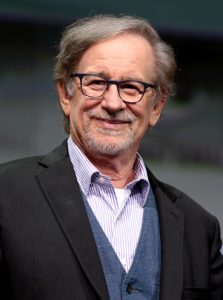
only to receive, in disconnected fashion, in return, another young person, and another young person, and another young person, dead, trailing unanswered questions amid shadowy authoritative narratives, it's the town around the Great Falls teaming with lovers and fighters and 70 different ethnic groups called Paterson.
The City for Sale Wayne Barrett and Jack Newfield chronicled off-loaded Manhattan's architectural gems to the Donald Trumps of the world, who mowed down and redid the city that existed when Wise filmed West Side, in their own enduring, post 1980's image.
There's still enough of the old New York to sustain some scenes Spielberg needs.
But New Jersey's embattled northern mill town (with its Beaux-Arts flourishes) furnishes a down town almost sufficiently untouched from the 1950's.
"This movie," Sayegh said with his characteristic theatrical flair, "is helping to put Paterson on the map.
"We need co-authors to the city's successful script, like Steven Spielberg," the mayor added.
Those who want Paterson to succeed, even maybe in their most grudging anti-establishment cell of selves, want the movie to do well, if only for Paterson, New York as Paterson, Tony as Paterson, as the unresolved crisis either deepens or just won't disappear.
"We have a problem," said Wimberly. "It's there in the interface of mental health, police, and civilian relationships.
"No movie can make this go away," he added. "When the lights go out, we have to turn our lights on as leaders, so we don't have another Jameek Lowery."
